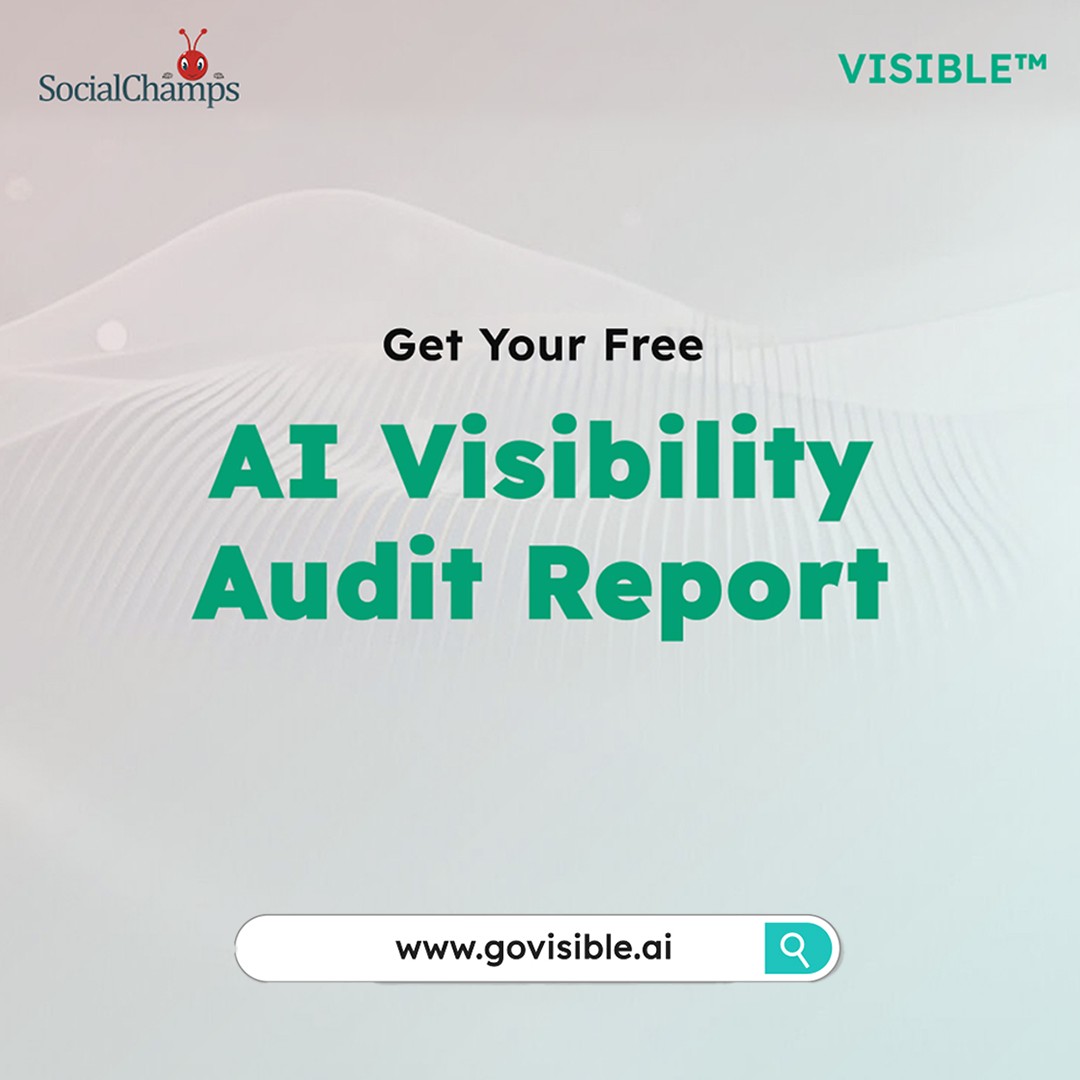In today’s world, real time is the only time that counts. Customers today want the right information at the right time. So how do we meet the demands of today’s customers? Here comes the concept of context marketing.
What is Context Marketing?
Content marketing on one side is marketing one’s brand/business/services by writing educational, informative and engaging content related to the product/services. This establishes the brand as the go-to resource for whatever you do best. On the other hand, Context marketing is the set of best practices which are designed to amplify the value of your content to your customers and prospects.
In other words, it’s a personalized, tailored experience that takes into account the context how the customer interacted with the brand last time (last week, yesterday or at the moment) on any channel and what’s relevant to the customer. You may be able to get this data based on:
- What pages the customer visited on the website?
- What did they buy from your site for a trip?
- Are they posting about their trip on social channels now?
Context Marketing is a great way to win loyal customers.
How to incorporate Context into your content marketing strategy?
Let’s take a closer look at the basic definition of Context Marketing:
- Right Content: Though everything starts with the right content, you may want to do a deep dive in your customer’s interests, emotions, desires and taste buds. Ensure your content is truly speaking to your buyer personas.
- Right Prospect: With content marketing, the success is dependent on how well marketers know their audience’s need, lifestyles, interests, and motivations and with context marketing, it’s a step ahead by not only connecting with your customers but engaging and influencing them
- Right Time: With content marketing, it becomes hard to determine the right time to engage with your customers. But with context marketing, marketers can engage with the customers at the very moment they are most interested in the messages.
Making a Mindset Shift for Context Marketing:
To make context marketing work for you, it’s important to understand your customers at a deeper level. Following ways may help to shift your perspective from content marketing to context marketing:
- Think more in terms of Interactions and not campaigns: Context marketing is all about seeing the world through customer’s eyes. Customers today want more interactions from brands/services. Campaigns are generally for advertising and selling whereas, Interactions are for interacting and knowing more about your customers.
- Engage the existing customer base rather than targeting for large numbers: Make content that engages your audience more and more.
- Customer Recognition and not segmentation: Every customer is unique. Try customizing their experience by knowing about their browsing and purchasing histories. Avoid treating each website visitor in the same way.
- React in real time rather than doing media schedules: Context marketing is all about reacting in real time over the opportunities of potential engagement/sales. The goal here is to drive and adjust desired outcomes based on new inputs.
- Share useful information and not marketing messages: Consumers today want valuable content which tells them what’s in for them rather than generic marketing messages.
How to Leverage the Power of Context Marketing:

Three great starting points of incorporating context marketing into your overall marketing efforts are – Customer Personas, Journeys, and Contextual data.
- Customer Persona: It requires a brand to dig deeper into the buyer personas such as characteristics, attributes, and interests of your target audience. It should not be limited to just demographic and location data. The personal study should uncover the true emotions of the customer’s/buyers needs, should increase their interest and finally influence their decisions.
- Journeys: Today consumers are active buyers and they expect brands to provide them the right information at the right time in their journeys of searching/purchasing something. It’s important to use the customer’s journey framework to develop and review the main touch points where the customer engages with your brand. These touch points will provide great input to your media channels, content, tactics, and design.
- Contextual Data: Once the personas and journeys of your potential customers are known, brands can find opportunities for engaging and influencing the customer across their journeys.
Conclusion:
Marketing has been changing ever since. Context marketing is yet another evolutionary step towards more focused, effective and timely marketing of products/services. All it requires is targeting your customer base and focus on marketing that has precision and timeliness to reach the right customer at the right time – every time!





0 Comments